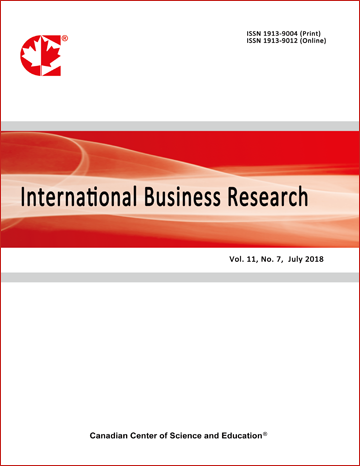Investigating the Factors Influencing the Usage of Smart Entry Service: Incheon International Airport Case Study
- Jin-Ho Choi
- Jin-Woo Park
Abstract
This study seeks to improve our understanding of airport users’ intentions of using the smart entry service (SES) by testing a research model that considers functionality, security, perceived enjoyment, perceived ease-of-use, perceived usefulness, and intention to use simultaneously. The variables that affect the intention of using the SES were investigated, and the correlations among the variables were analyzed. Through the E-Technology Acceptance Model (TAM) that is based on the concept of self-service technology, a research model of the intention of using SES was developed in this study. Surveys were conducted targeting 276 passengers who were experienced with SES, and the correlations among the variables were analyzed using a structural equation modeling. It was found that there were significant relationships between the variables, except in four paths. The result showed that factors such as functionality, security, perceived enjoyment, perceived ease-of-use, and perceived usefulness were confirmed to have positively affected the intention of using SES. The outcomes of this study may be used as baseline data for establishing a strategy to promote the use of the SES.
- Full Text:
 PDF
PDF
- DOI:10.5539/ibr.v7n1p74
Journal Metrics
h-index (January 2024): 102
i10-index (January 2024): 947
h5-index (January 2024): N/A
h5-median(January 2024): N/A
( The data was calculated based on Google Scholar Citations. Click Here to Learn More. )
Index
- Academic Journals Database
- ACNP
- ANVUR (Italian National Agency for the Evaluation of Universities and Research Institutes)
- CNKI Scholar
- COPAC
- CrossRef
- EBSCOhost
- EconBiz
- ECONIS
- EconPapers
- Elektronische Zeitschriftenbibliothek (EZB)
- EuroPub Database
- Excellence in Research for Australia (ERA)
- Genamics JournalSeek
- Google Scholar
- Harvard Library
- IBZ Online
- IDEAS
- Infotrieve
- Kobson
- LOCKSS
- Mendeley
- MIAR
- Norwegian Centre for Research Data (NSD)
- PKP Open Archives Harvester
- Publons
- Qualis/CAPES
- RePEc
- ResearchGate
- ROAD
- Scilit
- SHERPA/RoMEO
- SocioRePEc
- Technische Informationsbibliothek (TIB)
- The Keepers Registry
- UCR Library
- Universe Digital Library
- ZBW-German National Library of Economics
- Zeitschriften Daten Bank (ZDB)
Contact
- Kevin DuranEditorial Assistant
- ibr@ccsenet.org
